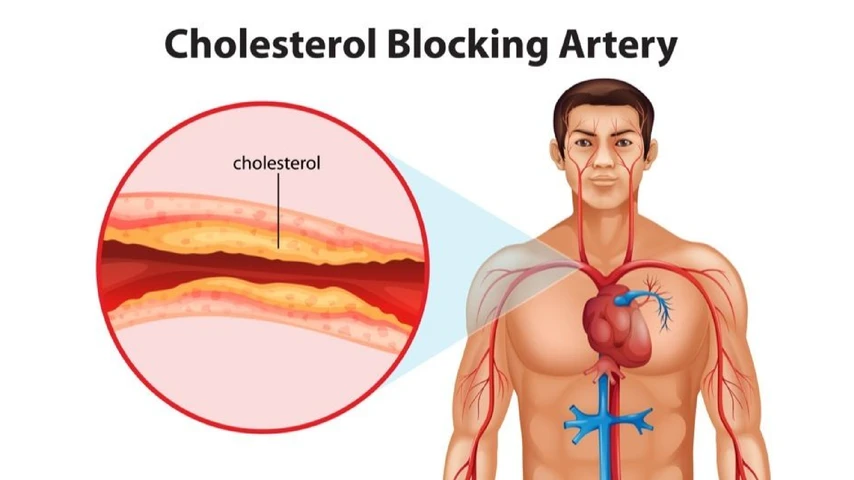The Leading Cause of Death in Men


Heart disease is the leading cause of death for men in Australia, with coronary heart diseases at the top of the list. It is vital to identify early signs. Seeking medical advice early can help lower the risk of death.

The term ‘heart disease’ is used to describe a range of conditions that affect the heart:
Each of these diseases and disorders poses its own issues and risk factors. To learn more, read our previous article Types of Heart Disease.
In 2020, more than 15,000 men died from heart diseases, with coronary disease as the leading cause of death. Over 10,000 men in Australia died from coronary heart disease alone in 2020 (the most recent statistics available).
Your heart pumps oxygen-rich blood around your body through arteries, and this blood travels back to your heart via veins. The arteries ensure that all parts of your body are receiving the necessary oxygen, including the heart itself. When arteries and veins are damaged, this means that your body is not able to operate efficiently, as oxygen is not reaching where it needs to be.
If there is damage to the arteries supplying blood directly to the heart itself, heart tissue can die. This can result in incomplete or complete heart failure and is an immediate medical emergency.
Coronary heart disease (also know as coronary artery disease) is caused by the build up of plaque along the walls of the arteries that supply blood to the heart.
Plaque is formed when cholesterol sticks to the walls of the arteries. This activates the immune system, which sends trap the cholesterol by forming a cap of white blood cells and muscle cells from the artery wall.
These formations cause the insides of the arteries to gradually become narrower, as they can multiply and build on top of each other. Narrower arteries means it is harder for the blood to flow through, and your heart has to pump harder.
This restricted blood flow can have serious and life-threatening consequences:
Coronary heart disease develops slowly, so you may not know you are developing issues until it is too late. Often people discover they have coronary heart disease after they experience chest pain or a heart attack.
Symptoms of a heart attack vary person to person, and men to women, but in general men can experience:
As the leading cause of death in men in Australia, we should all be aware of the risk factors and how to protect the men in our lives from this disease.
Like many chronic conditions, lifestyle has a significant impact on the risk of developing coronary heart disease. The list of lifestyle-related risks includes:
Other risk factors for coronary heart disease include:
Some of the risk factors associated with coronary heart disease are within your control, and some are not.
You cannot, of course, change your ethnicity or age or family history.
The risk factors that are in your control are those related to lifestyle. Improving these risk factors will not only lower your risk of coronary heart disease, but also many other significant health issues. This can include Type 2 diabetes – you can lower the risk of both in tandem, which further lowers the risk of coronary heart disease developing as you age.
The most significant ways you can reduce your risk of coronary heart disease are:
Coronary heart disease can be asymptomatic, so it is important to discuss with your doctor if you have a family history of it. As a chronic condition, it has no cure, but early detection can be the difference between life and death.
If you are over the age of 45, you should book in a Heart Health Check with your doctor, which includes monitoring your risk for developing coronary heart disease.
For those of Aboriginal and/or Torres Strait Islander descent, you can arrange this check from the age of 30.
If you experience chest pain or suspect a heart attack, seek immediate medical attention.
Keeping your First Aid and CPR skills up to date can mean the difference between life and death for the men in your lives, especially if they are experiencing a heart attack.

May 1, 2025
Pterygium, also known as surfer's eye, is an ocular surface disease characterised by a growth of limbal and conjunctival tissue over the cornea. Fortunately, you can practice many eye health habits to help prevent the development of pterygium and other risks.

April 3, 2025
Tuberculosis is a severe bacterial infection that mainly affects the lungs and other parts of the body, including the nervous system. This contagious disease can quickly spread in crowded areas when an infected person coughs, talks, or sneezes.

February 13, 2025
Melioidosis is a bacterial infection caused by Burkholderia pseudomallei, a microorganism found in soil and water. This infection is often underdiagnosed due to symptoms mimicking many other illnesses. As such, awareness is critical for those living or working in affected regions.